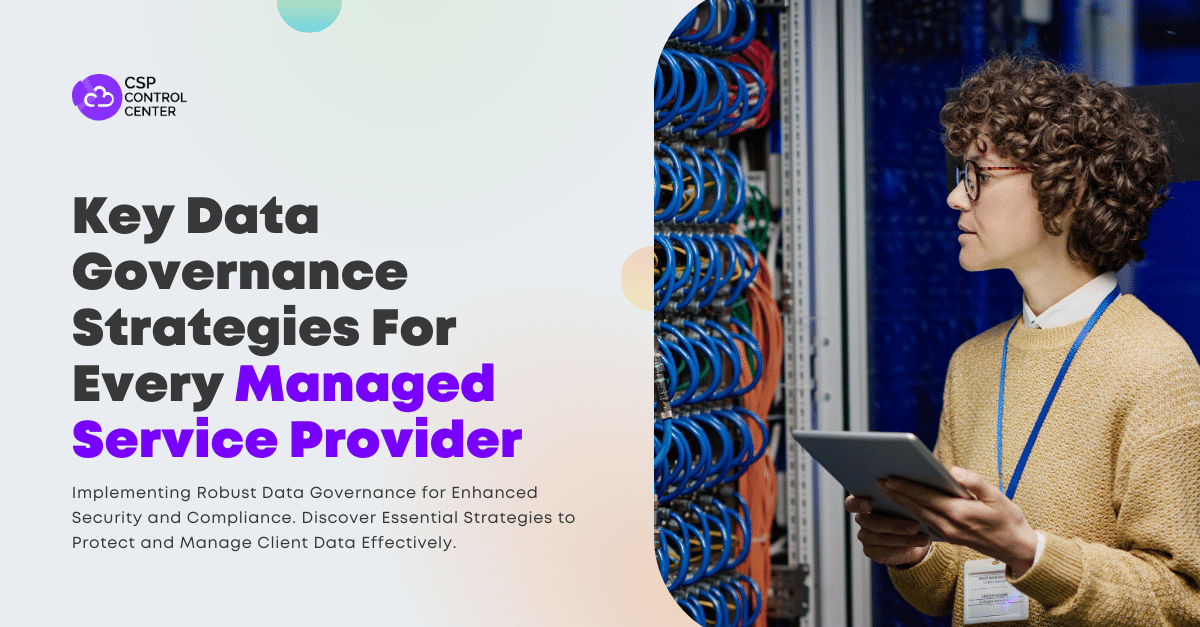As a Microsoft CSP your focus is on managing the customer’s IT needs in the cloud. A managed service practice offers the customers more than just selling Microsoft products. To build a successful managed service practice, you need to ensure that your offerings add value beyond what a customer can get if they purchase a product directly from Microsoft. You need to engage with your customers so that they can understand the value of your managed offerings. As a cloud MSP, you have to be with your customers at every step of their cloud journey.
To help you build successful managed services practices, we have created a list of best practices that most Microsoft CSPs have tried and tested.
Benefits of building a Managed Services Practice
Before jumping on to the how part, look at the business case of managed services. It is quite clear that it has a dual impact on your bottom line as well as your customer experience.
Improve margins
As an MSP you can sell value adds such as support, security, back up, etc. along with Microsoft products to your customers. As a result, your gross margin will be typically higher as compared to just reselling. Scaling up and adoption of automation will further increase your gross margin.
Value-add for customers
Customers are more attracted to value than technology. As MSP you should focus on solving certain pain points for your customers. When you take out time to understand the specific challenges your customers face and offer solutions to address those challenges, you deepen your bond with them. This results in long-term business associations and new revenue opportunities.
Steps to build managed service practice
Now that you understand the value you can realize with managed service practice, let’s explore the top steps to have a successful start.
1. Research and create a robust business plan
Carry out market research to understand the needs of your customers. You do not want to end up investing in a product or a service which no one wants to buy. Learn more about your customers’ business and the problems they face or have the chance of facing in the future. Try to find out how these pain points are being addressed currently and how much are your customers paying for those services. You can also refer to available reports and publications on industry trends on Cloud MSP in your region.
Once you understand what your customers need, the next step is to align those needs with the services you are capable of offering. Depending upon your skills and competencies you can offer your customers different services. You can choose to offer functional support in the areas of- cloud assessment and planning, cloud migration, cost optimization, monitoring, security, infrastructure management, and support. You can choose to combine a few of these to provide a service package to your customers as per demand.
The next phase of your business planning should be checking the financial viability. You will need to carry out a detailed P&L analysis, including the initial investment, expected average revenue per customer, operating expenses, ROI, etc. Keep this budget separate from the rest of the business and add some buffer amount to mitigate losses due to launch delays. After this you have to decide on the charges and pricing model you wish to adopt whether you would bill your customers upfront or on a recurring basis, whether the service would be provided at a flat rate or will be variable.
2. Build a proof of concept for testing
Having a solid business plan is just the start. After laying the foundation you have to test your services before launching them. All the tools such as ticketing tools, management and monitoring tools, automations, etc. that are a part of the package need to be tested.
Building a proof of concept will also help you assess the feasibility of your product and help you save time and money. You need to have proof whether your idea is workable or not in real-world settings. This will also assist you in identifying unseen risks and troubleshooting errors before you start selling the product commercially.
You can also have a selective group of customers who can test your proof of concept and provide inputs. Try to choose customers who can devote time to testing all the features of the product and provide detailed feedback. You can also ask these pilot customers to provide feedback on your pricing to help you make necessary adjustments if needed.
Armed with the feedback from your potential users, fine tune your product so that it is free from errors and meets the requirements of your target audience.
3. Go-to market with your solution
With the final product ready, you can officially launch it for live users. To sell a product you have to first market it. This will involve creating awareness about your offers and generating leads. You need to identify the target audience and ways to reach them. Your marketing campaigns can be both digital as well as print depending upon your potential buyers.
Your sales team also needs to be trained before the official launch. The sales team both inside sales and telesales should have knowledge about the new offers so that they can easily pursue leads and answer customer queries. Creating a sales toolkit with relevant material will help your sales team while pitching to an existing or a new customer.
You can host a launch event, generate press releases, start email campaigns to generate interest and create awareness. Hosting webinars, uploading blogs and white papers will help your customers understand the value add you are offering better. You can use these platforms to connect with your audience and convince them of the usefulness of your offerings for their business.
Irrespective of which go to market strategy you leverage or whether you go for a combination of them, you need to make sure that it helps customers understand the unique value you are able to deliver. As opposed to another reseller, your marketing and sales efforts must be concentrated on bringing out the USP of the managed services you are providing.
4. Onboard the right partners
Finally, as you diversify your offerings by setting up your managed service practice, it is important to have the right partners by your side. While you focus on the core business solutions that you are offering in addition to Microsoft products, you must have partners to take care of other aspects like billing, invoicing, providing self-service options, etc. This will help you facilitate better resource utilization and spend your efforts where they can make maximum impact.
Furthermore, industry experts like C3, you will be able to step up your customer experience and overall business success in multiple ways. For instance, you’ll prevent any revenue leakage from selling your managed services with billing automation. The objective here is that as you focus your attention on managed services, the administrative parts of your business might take a back seat, which is ultimately detrimental for your bottom line. Therefore, having a partner can help eliminate such a situation.
As we draw this discussion to a close, it is evident that there is a lot of scope for CSPs to set up a managed services practice. Customers are increasingly seeking all in one solution to avoid toggling between different partners, tools, and platforms. If you follow these steps, you will be able to set your managed services practices seamlessly. Connect with us today to explore our ecosystem of best-in-class technology to augment your business with the option to bundle your offers, provide discounts, set custom pricing and much more. All this will further add incentives for customers to transact with your managed service practice as a Cloud Solution Provider.

 CSP Control Center
CSP Control Center
 CloudEvents
CloudEvents


